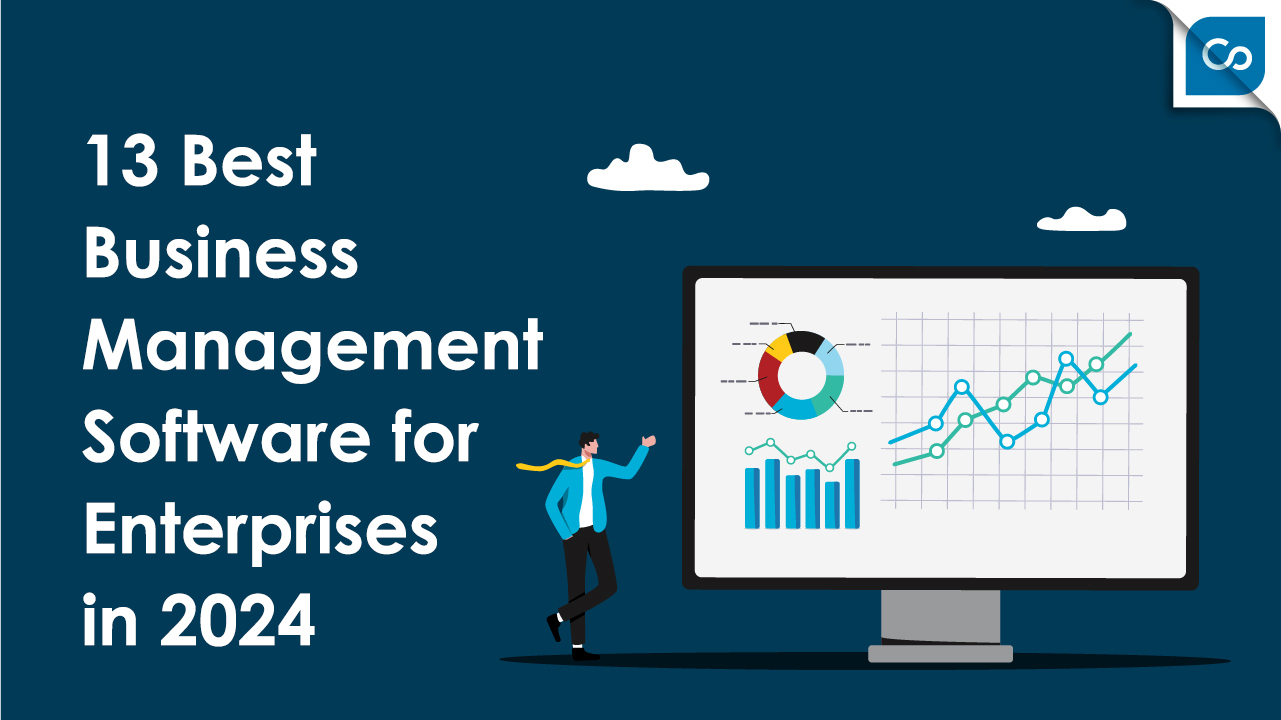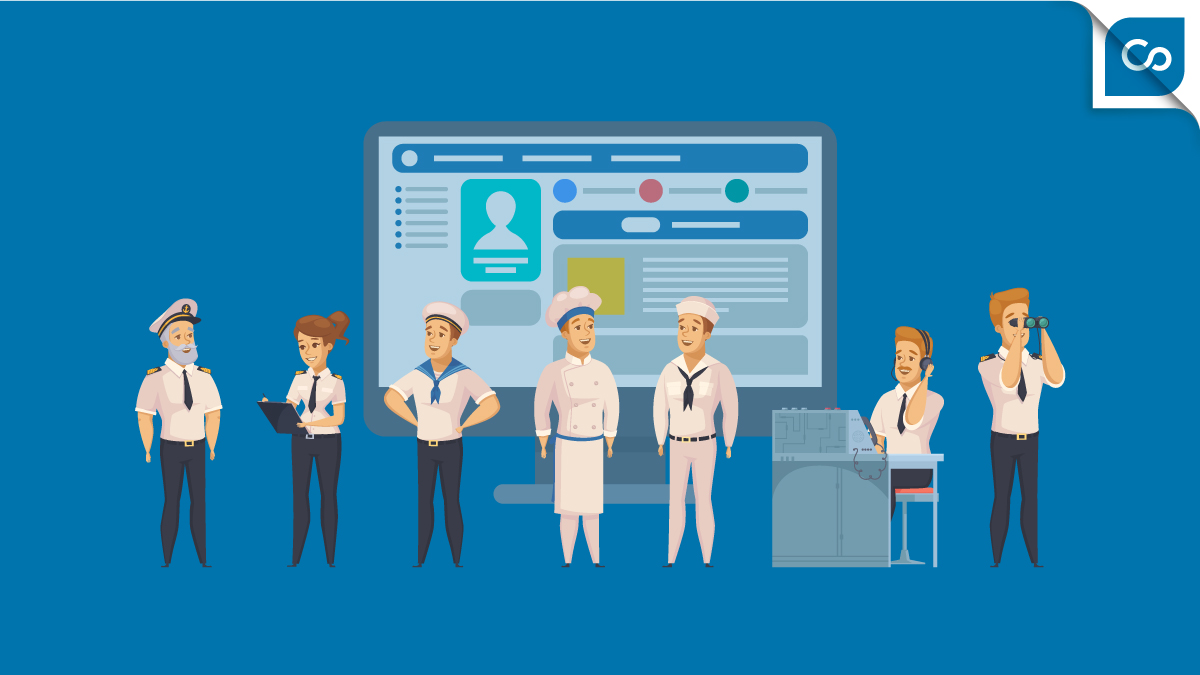There are many benefits to implementing an integrated business management system.
It centralises your data to allow teams to better communicate and collaborate. Inefficiencies are identified and eliminated. The platform can also help you scale your business sustainably. It can even enable you to make strategic decisions faster.
However, implementing an integrated business management system can be intimidating for some companies. You might have been using the same software since the first day you opened. All your staff are familiar with their applications and have found ways to work around the problems they face.
With a structured and systemic approach to implementing an integrated business management software, you can put your employee’s minds at ease. If you’re not sure where to start, use this implementation plan as a guide to get you on the right track.
8 Steps to Implementing an Integrated Business Management System
While every organisation is unique, you can personalise this implementation plan to your operating rhythm. It can be tailored to the industry you’re in and ensure that your integrated business management system helps deliver on your company’s goals and objectives.
Step 1: Spread Awareness
Implementing an integrated business management system shouldn’t come as a surprise to your employees. Start by announcing the project. Then explain the steps you’re taking to successfully embed the system and why the organisation is investing in it.
You should also highlight the benefits of an integrated business management software and what the new way of working will look like. It’s a good idea to include staff members from various teams as change champions who can help spread the word on the project.
Step 2: Define Your Strategic Objectives
There are plenty of reasons to implement an integrated management system, but you should define your expectations, and what success looks like to your organisation. Is it centralising data so there is a single source of truth? Maybe it’s to eliminate inefficiencies so you can reduce operational costs.
Whatever it may be, make sure that it’s measurable and aligns with your company’s objectives. This will help prioritise your tasks and give direction to the project team on where they should focus their efforts.
Step 3: Design and Document Your Ideal Processes
Once you know your priorities, you should design and document what you want future processes to look like. You should include team members from different departments who will be following these steps to do their job effectively.
Ensure you incorporate any compliance requirements and industry standards while designing processes. This will save you from any future rework. Be sure to keep an eye out for duplication across procedures too. You may need to redesign steps multiple times to eliminate inefficiencies.
Step 4: Implement New Processes
After defining your new processes, it’s time to put them into practice. It may require training for some staff members, and there may be a learning curve as they adjust to working with an integrated management software.
You should also explain to all departments how their work affects the overall platform. They’ll need to remember that all applications are integrated, and data is centralised. So, there may be tasks they no longer need to complete, which gives them more time back in their day.
Step 5: Conduct a Gap Analysis
Companies rarely get their new processes and procedures right on the first go. As staff members get familiar with the integrated business management system, they’ll naturally begin finding shortcuts and better methods of utilising the platform.
You should also identify if any tasks can’t be completed on the new system. Perhaps these weren’t considered in the original design or forgotten about as it’s rarely undertaken. Regardless, they still need to get addressed.
Step 6: Remediate Issues
If you’ve conducted a thorough gap analysis, you should now have a list of items to remediate. It could be finetuning processes or implementing tweaks to the system to improve the user experience.
You need to ensure that any updates or changes are compliant and meet your industry standards. It’s also imperative that you alter existing process documents and training materials as part of the remediation process.
Step 7: Conduct a Compliance Audit
While you might have had a compliance lens over the entire project, it’s also best practice to conduct an audit. Ideally, this should get completed by someone or a team not involved with the initiative.
They can provide an impartial view and ensure that all standards are met. Depending on the industry you’re in, there may also be a certification process, which can also fulfil your audit requirements.
Step 8: Monitor, Review, and Improve
The final step is to implement a continuous improvement program. The project doesn’t end once you have implemented the integrated business management system. You will want to ensure the platform meets expectations and the goals you initially set.
You should also look to identify further opportunities for integration. Perhaps your organisation is taking a phased approach. Decide when you’ll move to the next stage and continue to merge your applications.
Who Can Help You Implement an Integrated Business Management System?
Implementing an integrated business management system should be exciting for all employees in the organisation. There’s an opportunity to improve the way they work, centralise data for better collaboration, and eliminate time-consuming manual tasks. With a structured approach, you can help alleviate anxieties about moving to a new platform.
At ContinuSys, we can help you successfully implement an integrated business management system. Our suite of web and mobile apps empowers everyone with the company to operate at their best at all times. Want to find out more about the ContinuSys difference? Get in touch with us today to find out how we can help you.



